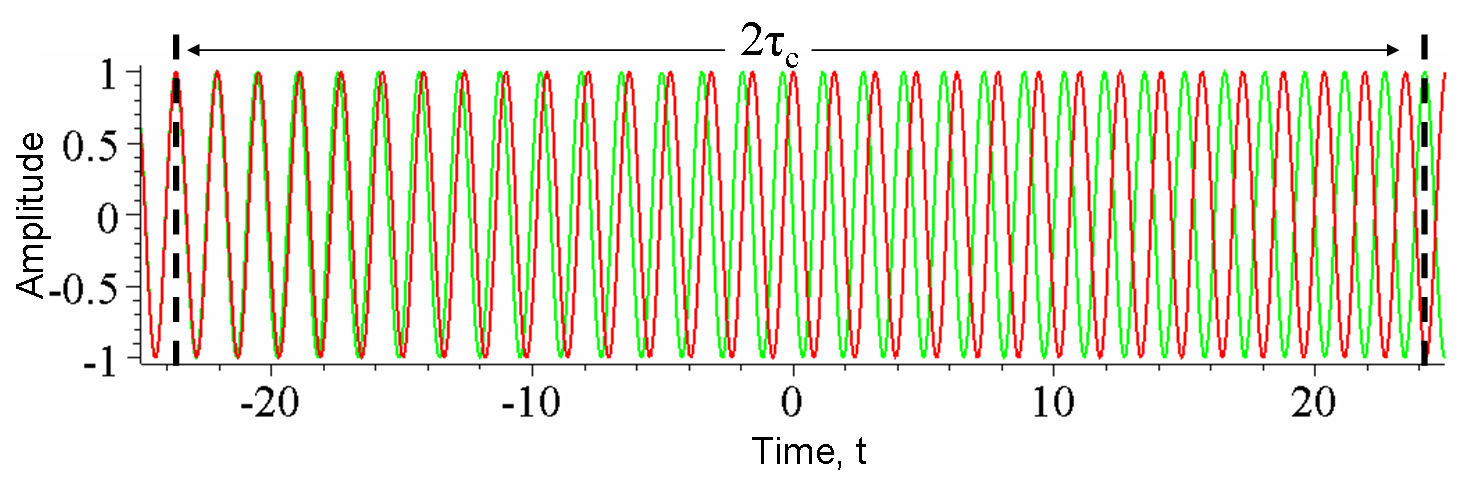

Wavelet phase coherence between the ABP and ICP signals was statistically significant ( p < 0.05) in the 0.006–2 Hz interval. Patients with normal cerebrovascular reactivity (negative PRx) had 38.6 % (±SD 16.7 %) of the mean wavelet energy below the lower limit of the respiratory frequency band (0.14 Hz) compared to only 18.1 % (±SD 17.8 %) in patients with altered cerebrovascular reactivity (positive PRx) (difference: p = 0.0057).

The average ICP wavelet energy spectrum showed distinct peaks around 1.0 (cardiac), 0.25 (respiratory) and 0.03 Hz. The ICP and ABP signals were continuously recorded for \( \cong \)40 min and the wavelet transform was used to calculate the spectral energy and phase of the signals. Data were prospectively collected and analyzed retrospectively in 22 patients, within the first week after acute TBI.

Spectral energy, phase coherence and phase shift in the low frequency and cardiorespiratory intervals were compared for the two groups. Patients were separated into normal or impaired cerebrovascular reactivity, based on the pressure reactivity index (PRx). The wavelet phase coherence and phase shift in the 0.006–2 Hz interval between the ICP and the arterial blood pressure (ABP) signals were also investigated. A lower degree of coherence of vortex conical waves than of fundamental (vortex-free) conical waves in a turbulent atmosphere is proven with the use of the integral scale of the degree of coherence of these optical waves as a referent criterion.The objective of the study was to evaluate the wavelet spectral energy of oscillations in the intracranial pressure (ICP) signal in patients with acute traumatic brain injury (TBI). A meter of the integral scale of the degree of coherence of vortex Bessel-like optical beams is shown to be a preferred sensor of optical radiation distortions in a turbulent atmosphere as compared to a meter of the coherence radius of such beams. In addition, all the coherence characteristics of vortex conical waves depend on the topological charge stronger than on the wave-vector component normal to the radiation propagation direction. It turns out that the degree of coherence of a vortex conical wave, formed from a Gaussian beam while passing through a conical lens (axicon) and a spiral phase plate, at its optical axis, is almost independent of the initial radius of the Gaussian beam and the radius of the axicon aperture. The effect of atmospheric turbulence on these coherence characteristics of vortex conical waves is analyzed at different values of their parameters. The following parameters of vortex conical waves are considered: the degree of coherence, the coherence radius, the integral scale of the degree of coherence, and the integral scale of the squared degree of coherence. Coherent properties of vortex conical waves propagating through a turbulent atmosphere are theoretically studied with the use of the analytical solution of an equation that describes the evolution of the second-order transverse mutual coherence function of an optical radiation field.


 0 kommentar(er)
0 kommentar(er)
